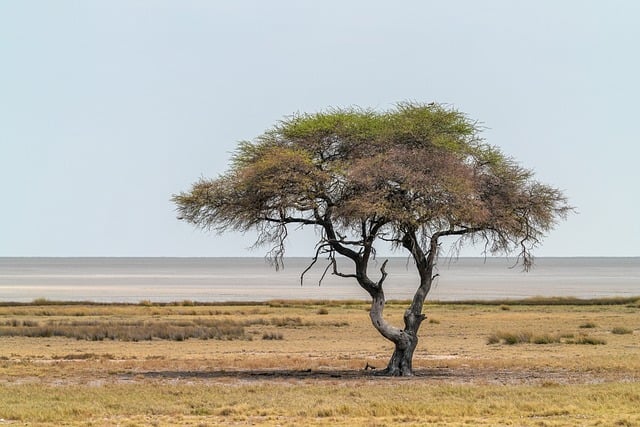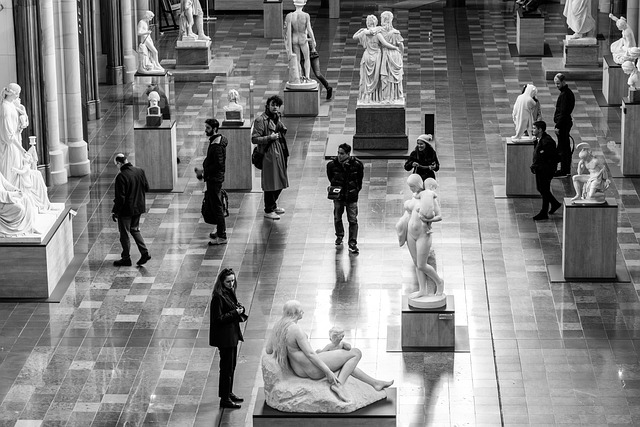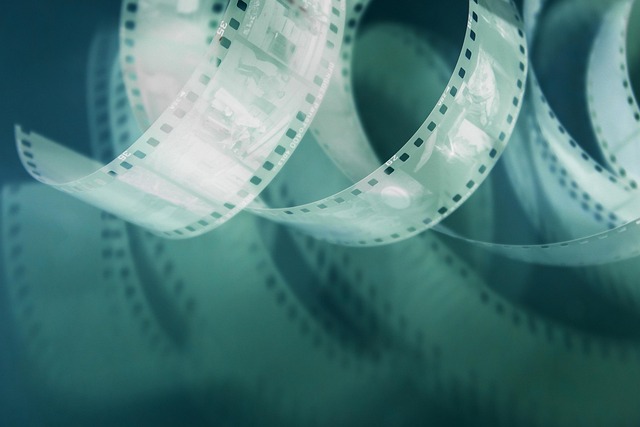
Capturing Cinematic Scenery: The Spectacular Backdrops of Music Festivals
Capturing Cinematic Scenery: The Spectacular Backdrops of Music Festivals
In the world of entertainment, the blend of music and visuals creates an unforgettable experience that resonates with audiences on a profound level. Picture yourself in a vibrant setting, surrounded by jubilant crowds, as the sun sets in a kaleidoscope of colors and your favorite artist takes the stage. This is the magic of music festivals, where the scenery becomes as integral to the experience as the performances themselves.
Over the years, music festivals have transformed into a feast for the senses, drawing inspiration from the art of cinema. These events are not merely concerts; they are immersive experiences where intricate stage designs and natural landscapes come together. Whether it’s the rolling hills of a countryside festival or the urban backdrop of a city concert, the scenery serves as a canvas upon which musical stories are painted.
Take, for instance, the iconic Coachella Valley Music and Arts Festival. Set against the stunning desert landscape of California, Coachella is renowned not only for its stellar line-up but also for its breathtaking backdrops. The palm trees silhouetted against the twilight sky and the majestic mountains provide a cinematic quality that makes every photograph a striking visual narrative. Those moments, captured on camera, transcend the experience of simply attending a concert and morph into scenes worthy of a film.
In contrast, the vibrant and eclectic atmosphere of Glastonbury in England offers a different yet equally remarkable scenery. With its expansive fields, whimsical art installations, and both the enchanting beauty and muddy chaos of British weather, Glastonbury presents a picturesque shot for filmmakers and photographers alike. The heavy rain washing over the stages can offer visual drama reminiscent of a cinematic climax, turning the performance into a working piece of art set within nature’s unpredictable realm.
The music industry continuously utilizes these spectacular environments to enhance the storytelling of the artists. Much like how directors choose specific locations to set the mood for a film, festival organizers are keenly aware of how a backdrop can elevate the overall experience. For instance, a dappled forest becomes the perfect stage for a folk singer’s acoustic set, creating an intimate atmosphere, while the bright neon lights of an urban plaza ingeniously complement the pulsating beats of an EDM lineup.
Moreover, filmmakers are increasingly leaning on these authentic settings to tell their stories. Documentary films about music festivals offer a glimpse into the culture surrounding these events, often highlighting the rich visual landscape that surrounds them. The scenery becomes a character of its own, adding depth and dimension to the stories being told. Just as music can stir emotions, the visuals surrounding a festival can evoke nostalgia, joy, and a sense of belonging.
The collision of film and music at festivals also paves the way for innovative collaborations. Artists frequently align with visual artists to enhance their performances, creating a multi-sensory experience that captivates audiences. As these collaborations continue to flourish, the boundaries between music, cinema, and contemporary art blur beautifully, producing breathtaking scenery that leaves an indelible mark on attendees.
Ultimately, the captivating scenery of music festivals is more than just a backdrop; it is an essential element that enriches the overall narrative of the performances. As the entertainment industry evolves, it will be fascinating to see how future festivals continue to harness the beauty of their environments while drawing inspiration from the cinematic world, ensuring that both music and visuals evolve together into an ever more immersive experience.


